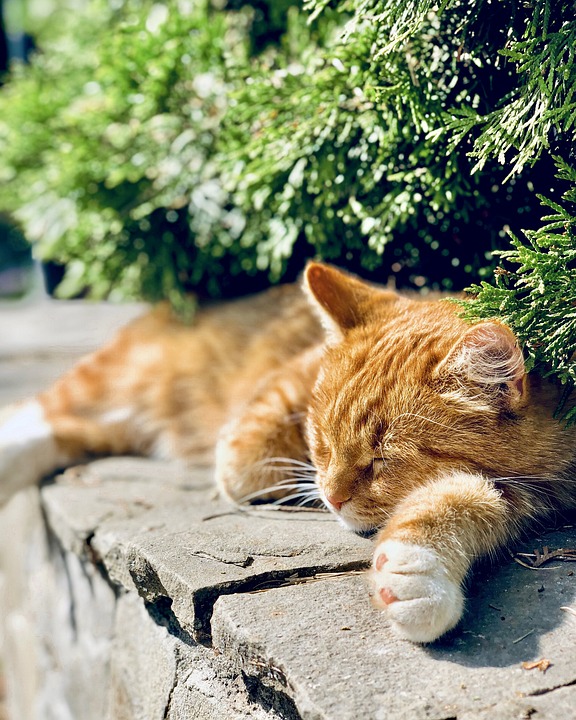Maintaining good oral hygiene is important for the overall health and well-being of your feline companion. Just like humans, cats can suffer from dental issues such as gum disease, tooth decay, and bad breath. Regular brushing of your cat’s teeth can help prevent these problems and ensure their dental health. In this article, we will guide you through the process of brushing your cat’s teeth effectively, step by step.
Why is Dental Health Important for Cats?
Cats, like humans, rely on their teeth for various activities such as eating, grooming, and playing. Dental health plays a crucial role in their overall well-being. Poor dental hygiene can lead to discomfort, pain, and even more serious health issues. By taking care of your cat’s teeth, you can prevent dental diseases and ensure their quality of life.
Preparing for Teeth Brushing
Before starting the teeth brushing process, it’s important to gather the necessary supplies and prepare your cat. Here’s what you’ll need:
1. Cat toothbrush: Choose a toothbrush specifically designed for cats. Soft-bristled toothbrushes or finger brushes are recommended for their gentle cleaning action.
2. Cat toothpaste: Never use human toothpaste, as it contains ingredients that can be harmful to cats. Opt for toothpaste formulated specifically for feline use. These often come in appealing flavors such as poultry or seafood, which can make the brushing experience more pleasant for your cat.
3. Familiarize your cat: Before introducing the toothbrush, get your cat accustomed to having their mouth touched. Gently lift their lips and stroke their gums with your finger. This will help them get used to the sensation and make the brushing process easier.
Step-by-Step Guide to Brushing Your Cat’s Teeth
Follow these steps to ensure a successful teeth brushing routine for your cat:
1. Choose the right time: Pick a time when your cat is calm and relaxed, such as after a meal or a play session. Avoid attempting to brush their teeth when they are anxious or stressed.
2. Start slowly: Begin by introducing the toothpaste to your cat. Let them taste it from your finger and observe their reaction. Most toothpaste designed for cats has an appealing flavor, which can make this step easier. Positive reinforcement, such as treats or praise, can help create a positive association with toothpaste.
3. Introduce the toothbrush: Once your cat is comfortable with the toothpaste, introduce the toothbrush. Apply a small amount of toothpaste to the bristles and gently lift your cat’s lips, exposing their teeth. Begin by brushing the outer surfaces of the teeth in circular motions, focusing on the gum line.
4. Gradually increase brushing time: Initially, aim for short brushing sessions of around 30 seconds. Over time, as your cat becomes more accustomed to the process, gradually increase the duration of brushing. Ideally, aim for a minimum of two minutes of brushing, three times a week.
5. Be patient and gentle: It’s essential to be patient and gentle while brushing your cat’s teeth. If your cat becomes stressed or anxious, take a break and try again later. Forcing the process can create negative associations and make future attempts more difficult.
FAQs about Brushing Your Cat’s Teeth
1. How often should I brush my cat’s teeth?
Ideally, you should aim to brush your cat’s teeth at least three times a week. Regular brushing is crucial to maintain good dental health.
2. Can I use a regular toothbrush or toothpaste for my cat?
No, it is not recommended. Regular toothbrushes can be too harsh for your cat’s delicate gums, and human toothpaste contains ingredients that can be toxic to cats. Always use toothbrushes and toothpaste specifically designed for feline use.
3. My cat refuses to let me brush their teeth. What should I do?
If your cat resists teeth brushing, take things slowly. Start by simply getting them used to the toothpaste, then gradually introduce the toothbrush. Be patient and offer positive reinforcement. If needed, consult with your veterinarian for additional tips and techniques.
4. Are there any alternatives to brushing my cat’s teeth?
While brushing is the gold standard for maintaining good dental health, there are alternative options such as dental treats, water additives, and dental gels. However, these should supplement regular brushing, not replace it.
Conclusion
Brushing your cat’s teeth is an essential part of their overall dental care. By following the steps outlined in this article and being patient with your feline friend, you can help prevent dental issues and ensure their long-term oral health. Remember to establish a routine and consult with your veterinarian if you have any concerns or questions about your cat’s dental care.








